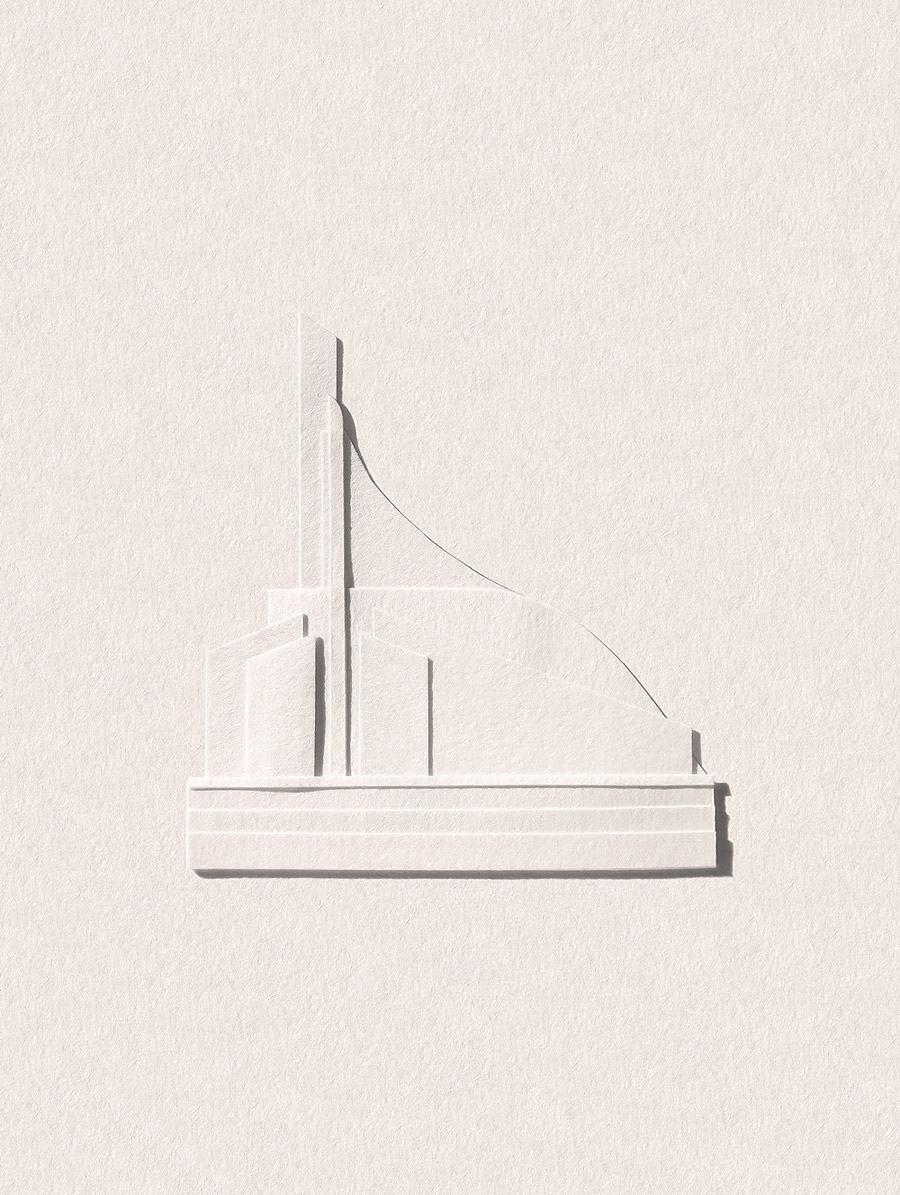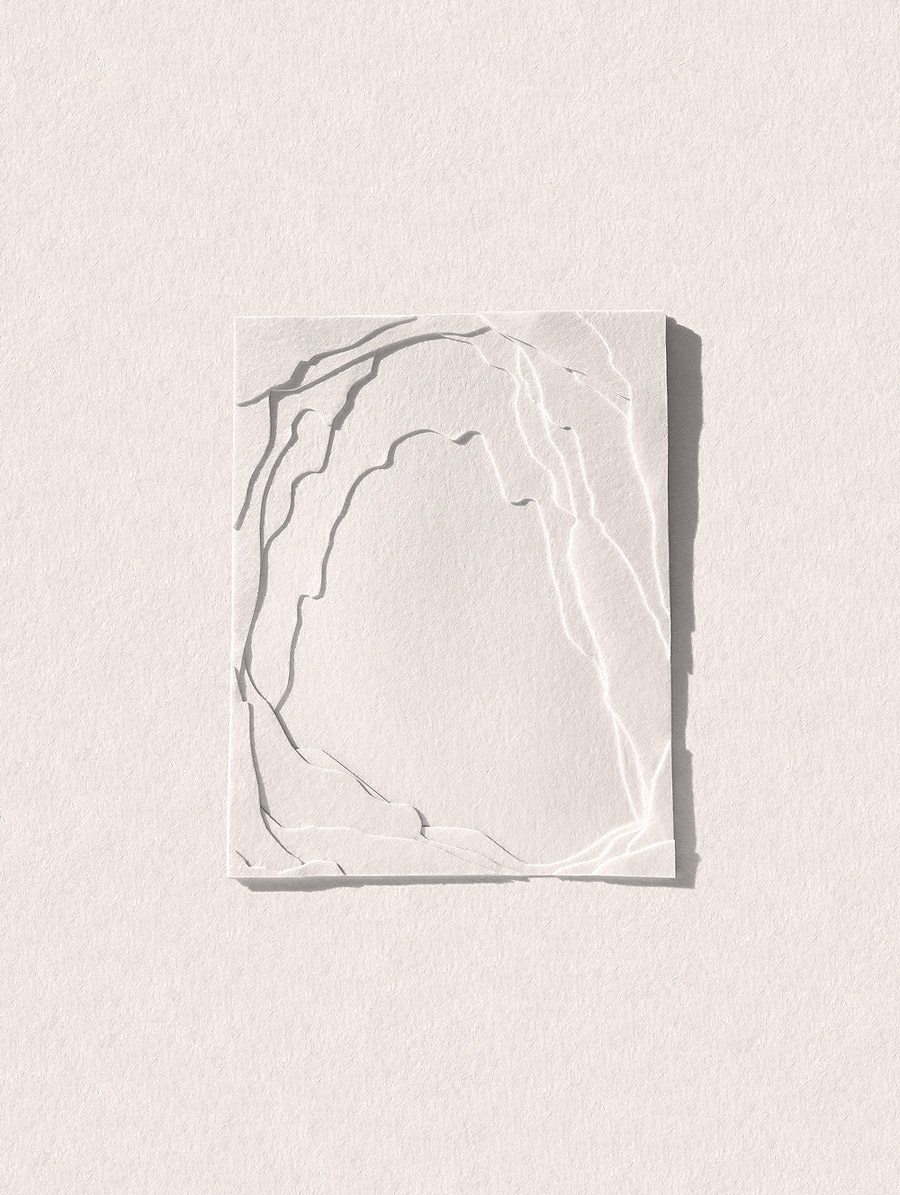
September 29, 2016 Written by Mailee Hung
http://dailyserving.com/2016/09/fan-mail-matt-lee/
There is a certain playful unknowability to Matt Lee’s work. As preoccupied with structure as its inverse, Lee’s pieces suggest an interaction with the intangible that is at once wholly serious and strangely lighthearted. Confronted by subjects like death, absence, and emptiness, a viewer might expect an oeuvre weighted down by existential dread, but in Lee’s work, these subjects become lively participants in conversation with their environs. Though they offer little in the way of consolation about oblivion, Lee’s pieces propose a wry characterization of the unknown that is rather cheeky; death may be coming, but it feels oddly familiar.

Matt Lee. Untitled, from Presence of Absence, 2011; archival inkjet print; 14.2 x 21.3 cm.
In the aptly named series Presence of Absence (2011), emptiness is a figurative entity intruding upon the mundane. Lee created this series in response to his move to Bangalore, as he tried to make sense of his new home. A viewer might imagine the artist being surrounded by signs full of meaning but rendered meaningless by unfamiliarity. In the series, absence is made into an insistent material presence. As this looming void becomes more tangible and undeniable, its character becomes almost approachable. In some works, there is an endearing shyness to the black masses peering over rooftops or peeking around buildings. Lee does not so much demystify oblivion as render it surprisingly friendly.

Matt Lee. Untitled, from Presence of Absence, 2011; archival inkjet print; 14.2 x 21.3 cm.
Likewise, Lee’s Death Landscapes (2008–) feel oddly familiar despite their vague forms. Given Lee’s background in commercial illustration, all of his images have a distinctly graphic quality that makes elements of his work identifiable despite the fact that they address the fundamentally unknowable. The playfulness of Death Landscapes comes less from a direct characterization of death than from the oblique admixture of the abstract and the recognizable. A collage from Death Landscapes II (2015) is an eerie landscape, with ghostlike tendrils drifting upward from a dark island on the pale page. But from the center of this mass juts a bright rectangle on a pole—part stadium lights, part marquee, part basketball hoop. The result is a disjunction that feels playfully absurd, simultaneously serious and silly. The work’s formal reference to signage flirts with a critique of capitalism before it veers past the political and into the existential. It seems to say, “Sure, commercialism is absurd, but how about death?”

Matt Lee. Untitled, from Death Landscapes II, 2015; cut paper; 8.9 cm x 11.4 cm.
 Matt Lee. Untitled, from Death Landscapes II, 2015; cut paper; 8.9 cm x 11.4 cm.
Matt Lee. Untitled, from Death Landscapes II, 2015; cut paper; 8.9 cm x 11.4 cm.
In his Death Landscapes, Lee’s characterization of the incongruities between the unidentifiable and the concrete produces an effect that is pleasantly somnambulistic in its strangeness. The viewer is asked to accept an unknown element as part of the visual lexicon, inviting it to become familiar while remaining mysterious. In one piece, a rocky black outcropping reminds one of a gate to the underworld, but the billboard-like sign above it complicates any sense of solemnity the form may suggest. This juxtaposition does not make the landscape more comprehensible, but it does make it less frightening. The artist’s overall proposition is a consent to the liminal—an uneasy assumption that the unknown is not necessarily an existential threat but rather simply curious.
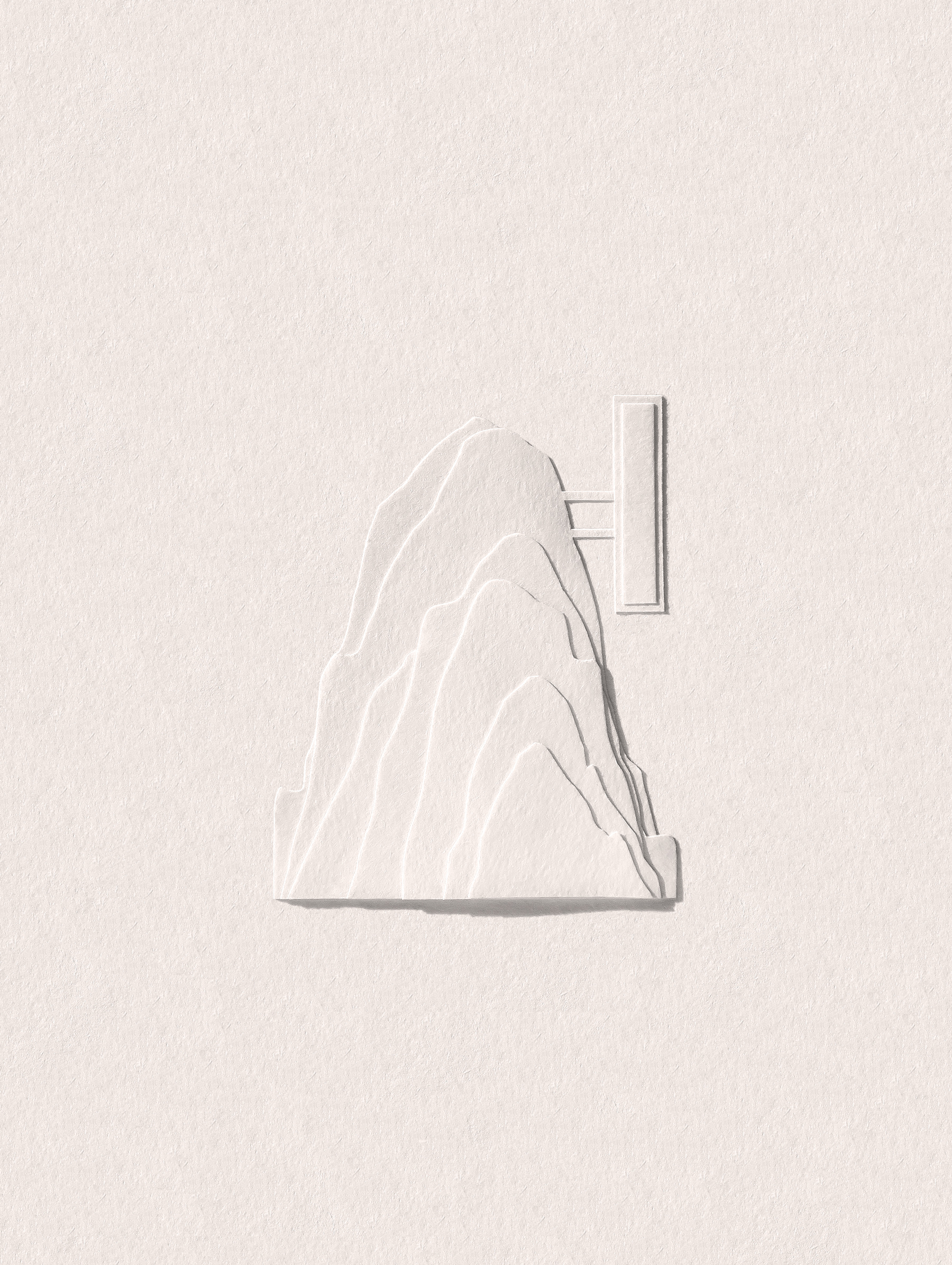 Matt Lee. Untitled, from Death Landscapes III, 2016; cut paper; 13.8 x 18.3 cm.
Matt Lee. Untitled, from Death Landscapes III, 2016; cut paper; 13.8 x 18.3 cm.
Lee’s most recent series, Death Landscapes III (2016), is a more somber affair. Using collaged plain paper to suggest landscapes, these works lack the graphic juxtaposition of color photographs and black shapes that had given his previous works their liveliness; they instead convey a more tactile exploration. Their physical qualities of light and shadow reveal the landscape forms within a funereal cast of bone white. But while this series loses the playfulness innate to many of Lee’s other pieces, it gains a material presence. Here, Lee’s expression of absence is most tangibly felt—the void an extension of material form rather than a refutation of it. This is the ultimate ethos of Lee’s work: that strangeness is familiar, that the unknown is recognizable, and that the void is undeniably present.
Matt Lee is an artist, illustrator, design consultant, and educator. His work has been published by Gestalten, Creative Review, and NY Arts, and has been exhibited across North America, Europe, and Asia, including the Centre Pompidou in Paris, the Mall Galleries in London, and the Alla Prima International Art Fair in Delhi. Originally from the United Kingdom, Lee currently lives in Bangalore, in southern India. He has a passion for Indian matchboxes, surf music, and preppy clothes. He can be found on Instagram (@mattrdlee) and Twitter (@mattlee).






































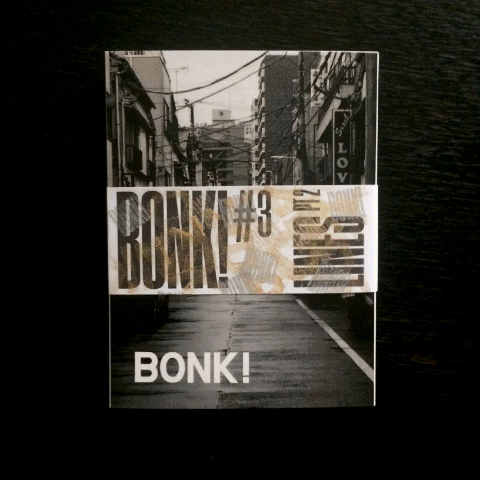
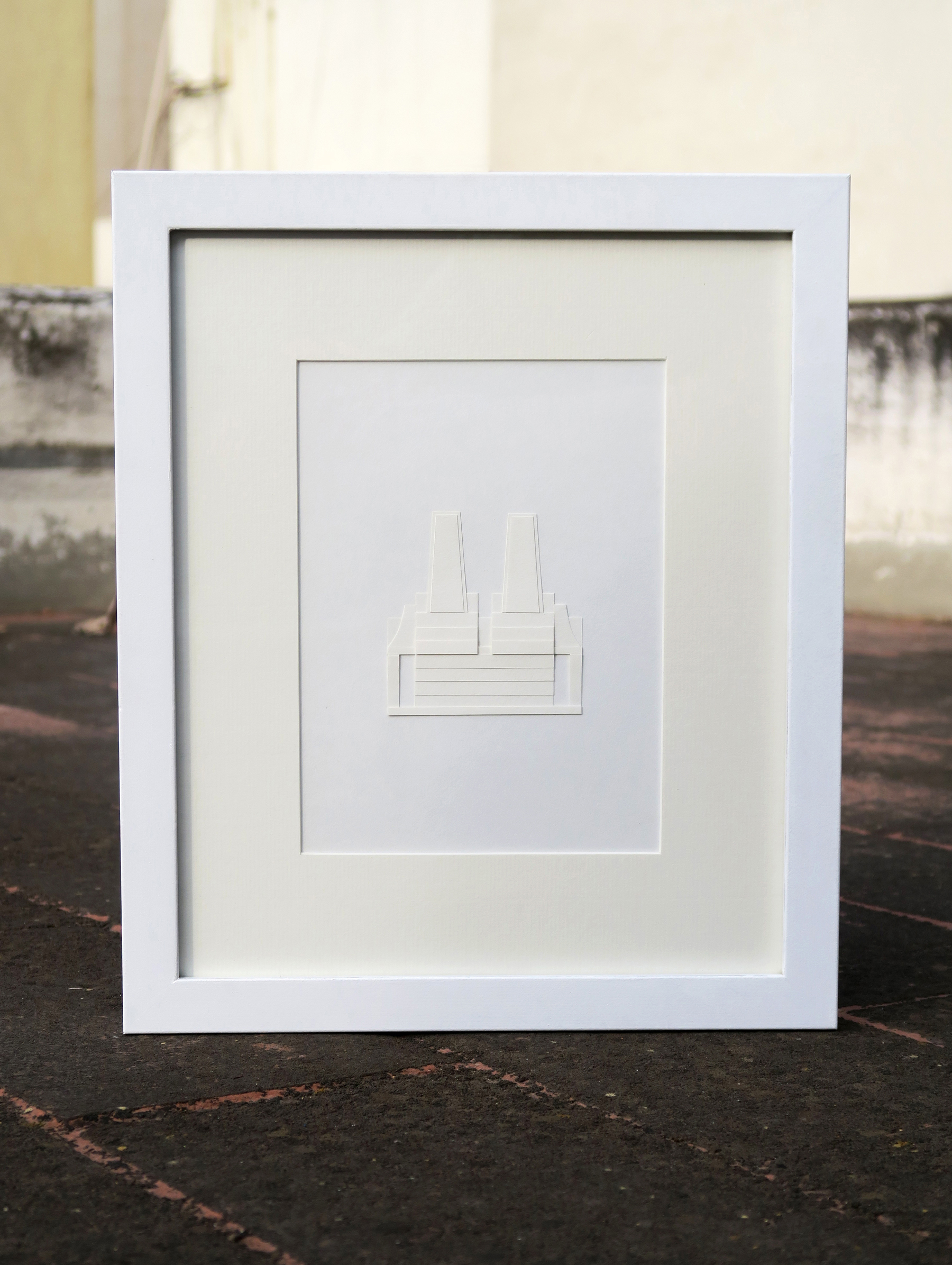
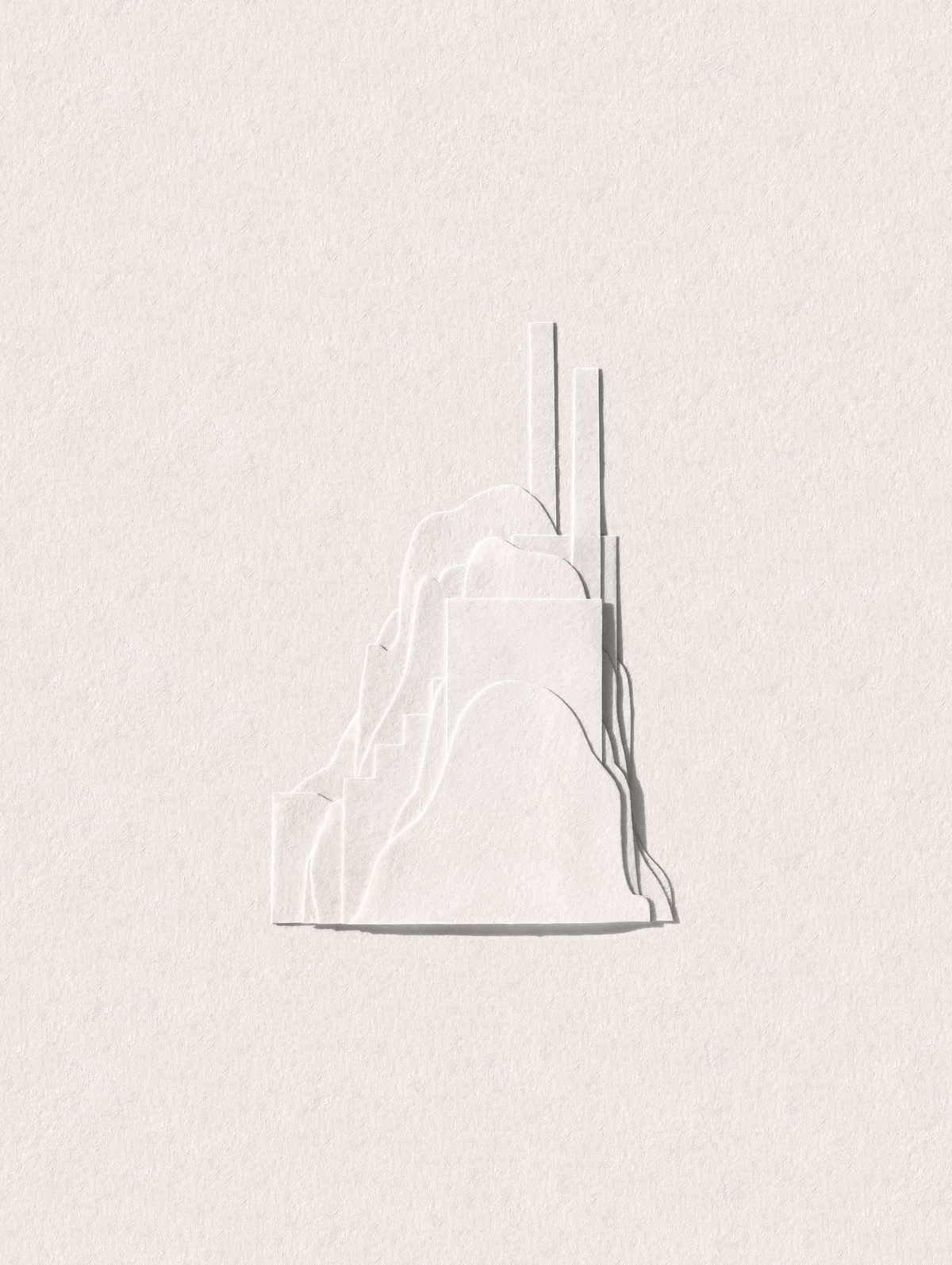
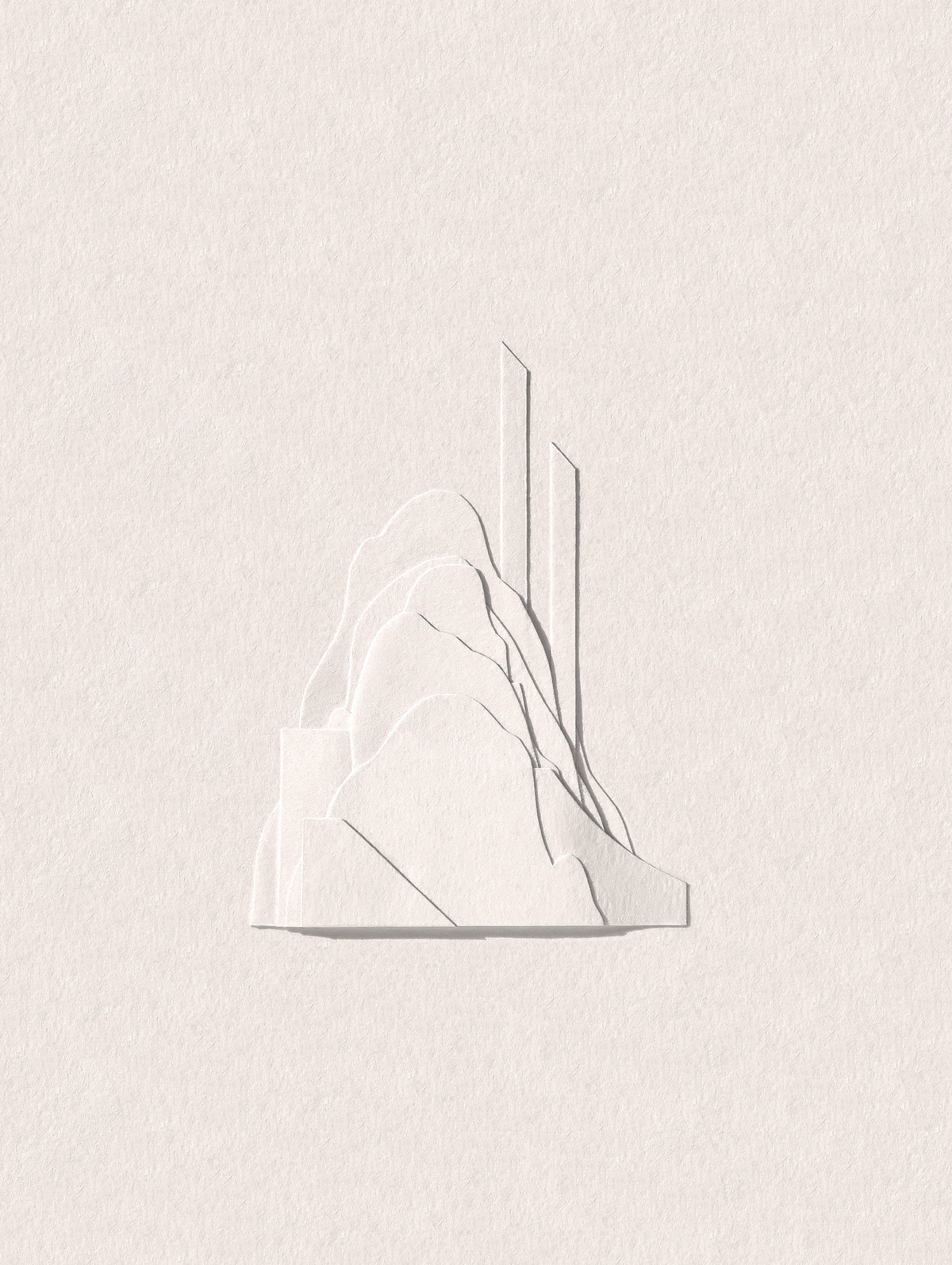








 Matt Lee. Untitled, from Death Landscapes II, 2015; cut paper; 8.9 cm x 11.4 cm.
Matt Lee. Untitled, from Death Landscapes II, 2015; cut paper; 8.9 cm x 11.4 cm. Matt Lee. Untitled, from Death Landscapes III, 2016; cut paper; 13.8 x 18.3 cm.
Matt Lee. Untitled, from Death Landscapes III, 2016; cut paper; 13.8 x 18.3 cm.

